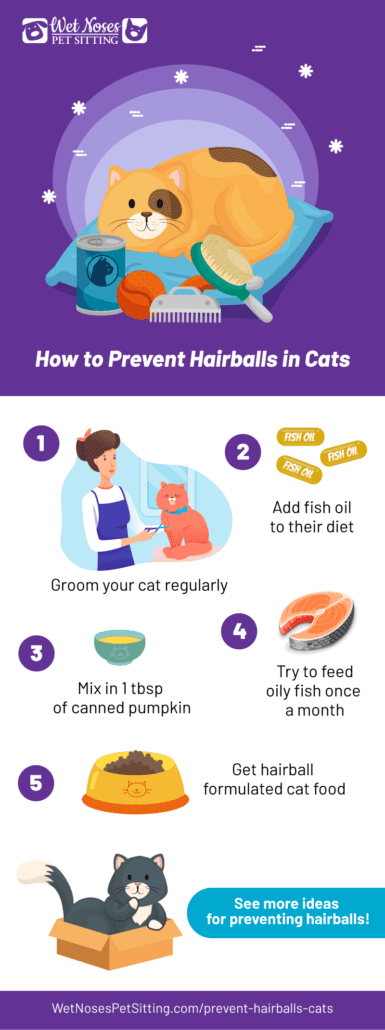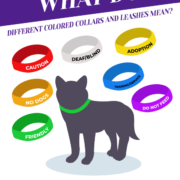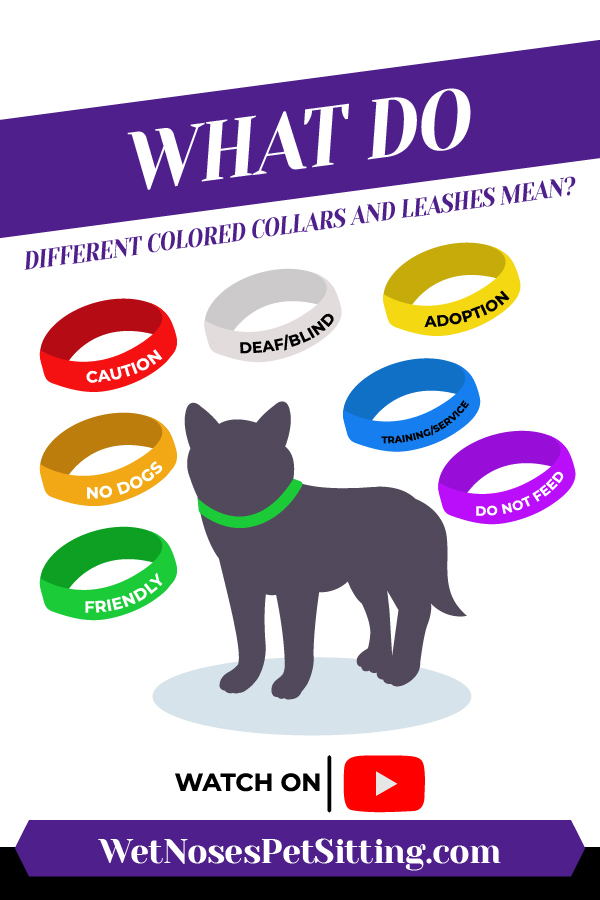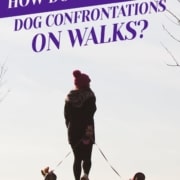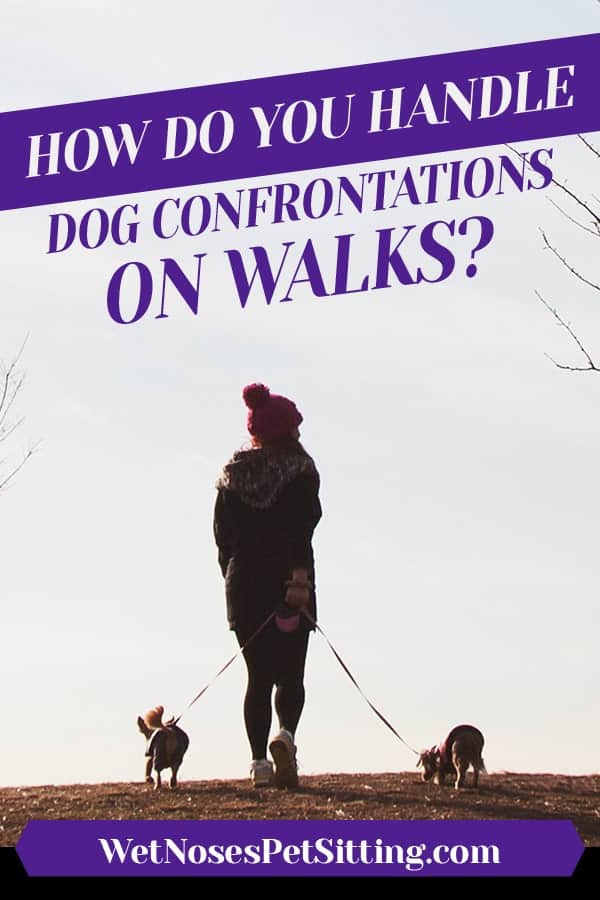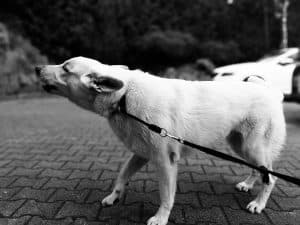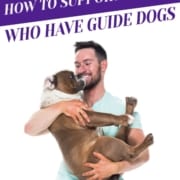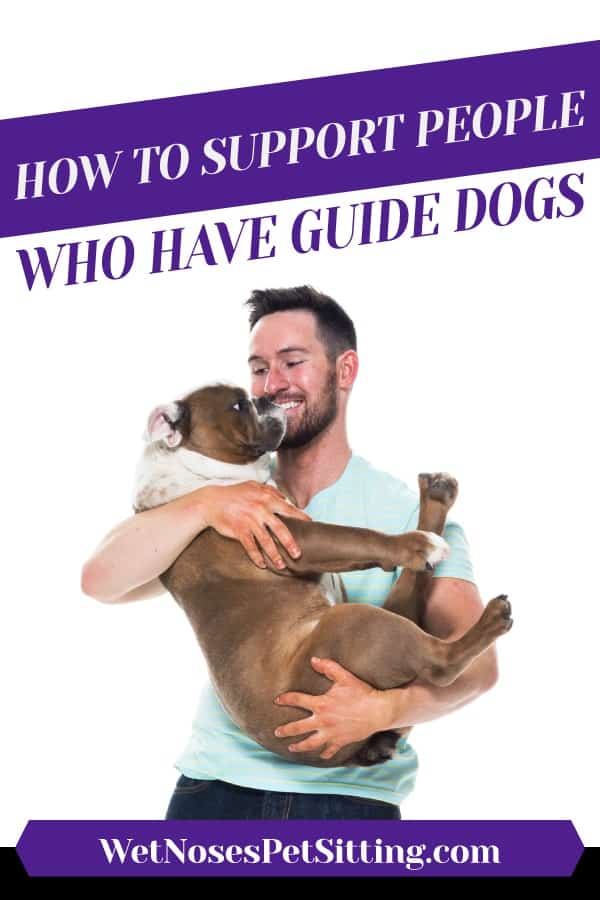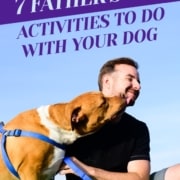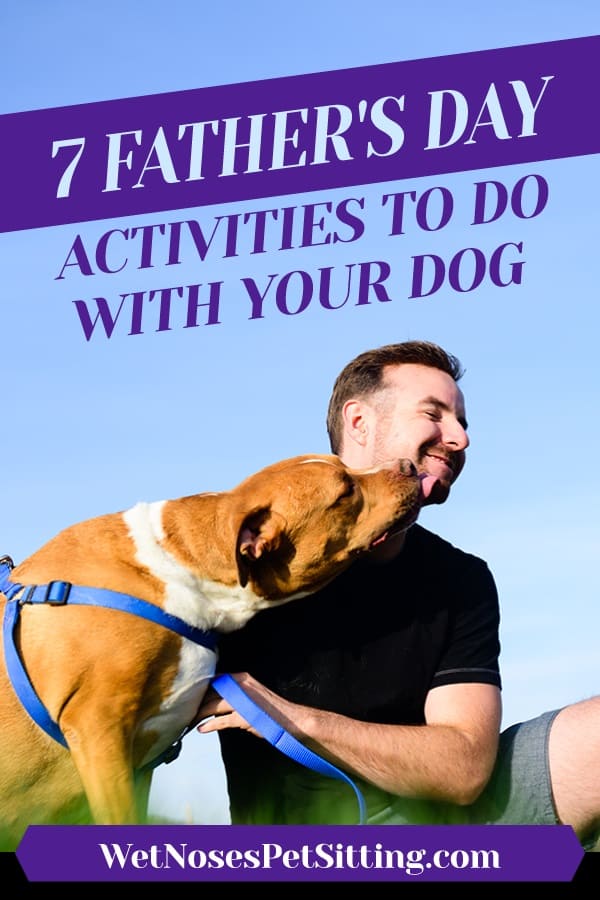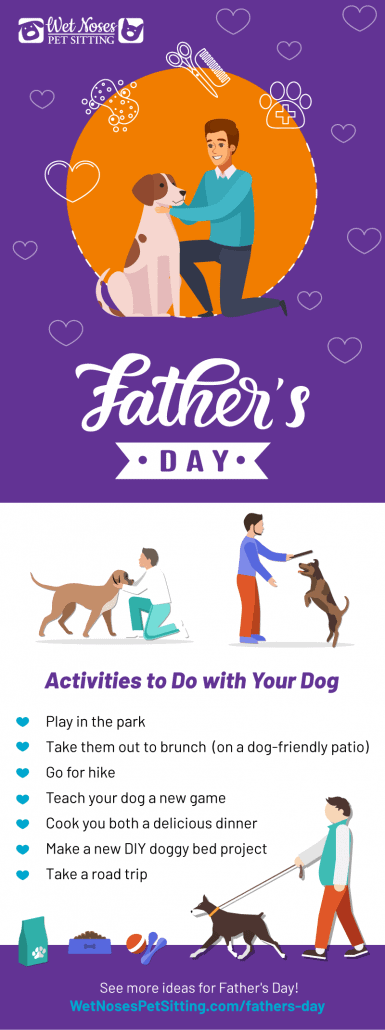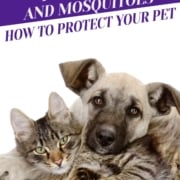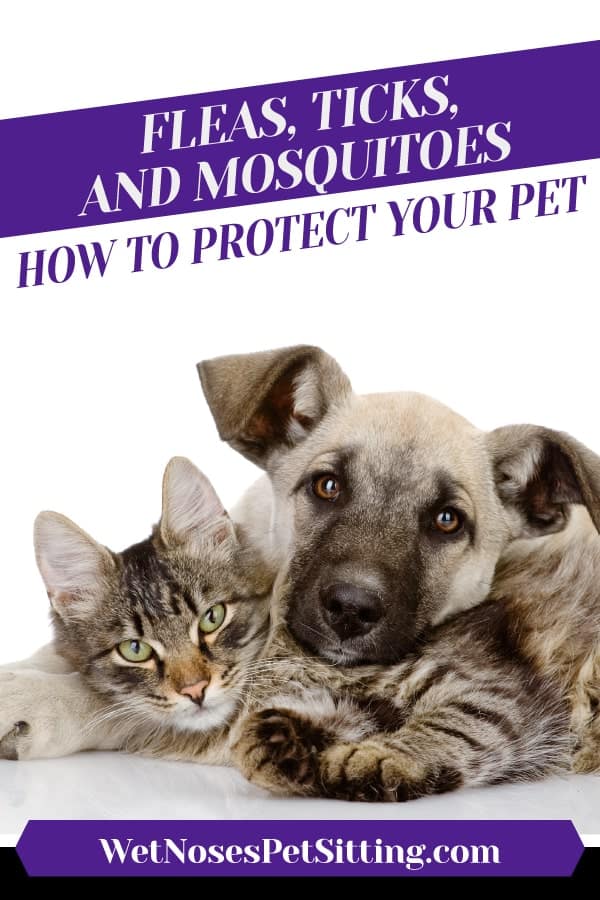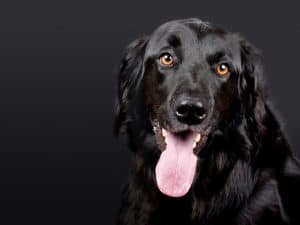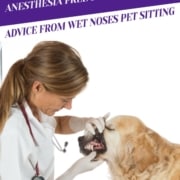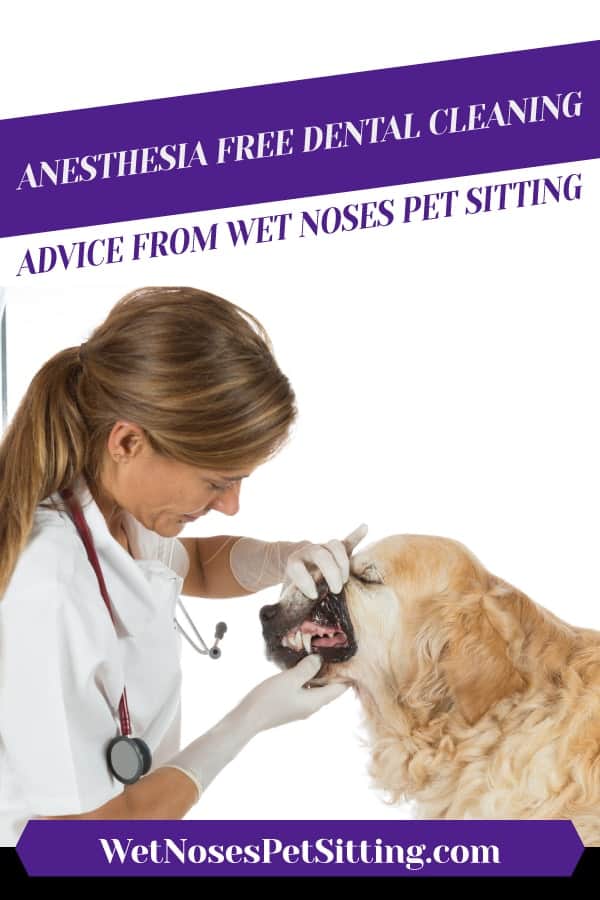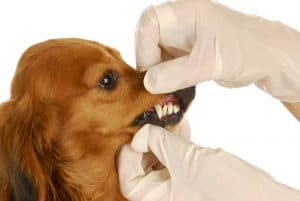Travel Safely With Your Pet
After the recent winter storm surge, you’re probably ready to get out of the house and into the sunshine. That means it’s a perfect time for a road trip. And one of the best parts of a good road trip is that the whole family can have fun, Fido included. Of course it takes a little extra planning to make sure they are safe, but it is worth it. So, if you’re going to travel with your pet this summer take some of these safety tips along with you.

Get them ready for the trip
If your dog isn’t acclimated to car trips, it’s a good idea to slowly get them used to it. Take them out in the car either in the crate or harness. Start with little trips at first, then gradually increase the length of the trip. This gets them used to their carrier and the car ride as well.
Keep them safe in the car
Make sure that they have their own proper secure spot. There are a few options you can choose from when it comes to car seat safety. You can put them in a well ventilated crate or carrier if they get anxious or car sick, or just like to feel safely confined. They need to have enough room to turn around and stand up in, plus it needs to be secured with a seat belt or strap. You can also use a harness and belt them in the back seat. We like to put our dog on little booster bed with a harness that is belted into the seat. This way he can be part of the action, but is still safe.
Pack a travel kit
Create a kit that includes their papers (especially if you’re going over state lines), extra food, water, a travel bowl or two, grooming supplies, medicine, and waste supplies. Pack their favorite toy and blanket as well to give them a sense of home.
Update ID’s and/or microchips
Any time your pet is going out and about. It’s also a good idea to pack a spare collar with ID’s just in case they lose it while romping around outside of the car. Take a recent pick of them and save it on your phone just in case.
Never leave them alone in a car
No matter how long or if the windows are open, don’t leave them alone. It only takes a few minutes for a car to reach scorching temps which could cause heat stroke. Do not let them ride with their head out of the window, it may seem fun and carefree, but it could turn deadly if they get hit from debris on that can fly up off the road.
There is nothing quite like a road trip with your favorite four-legged family member, keeping their safety and comfort in mind will make sure everyone has a great time while traveling.

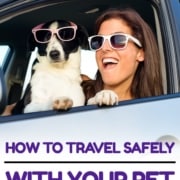
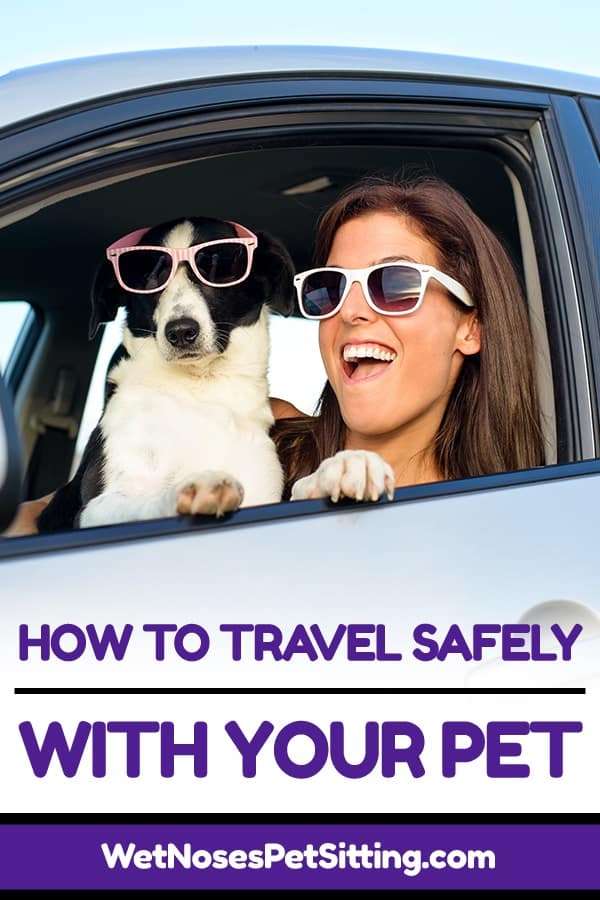
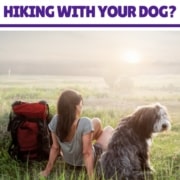
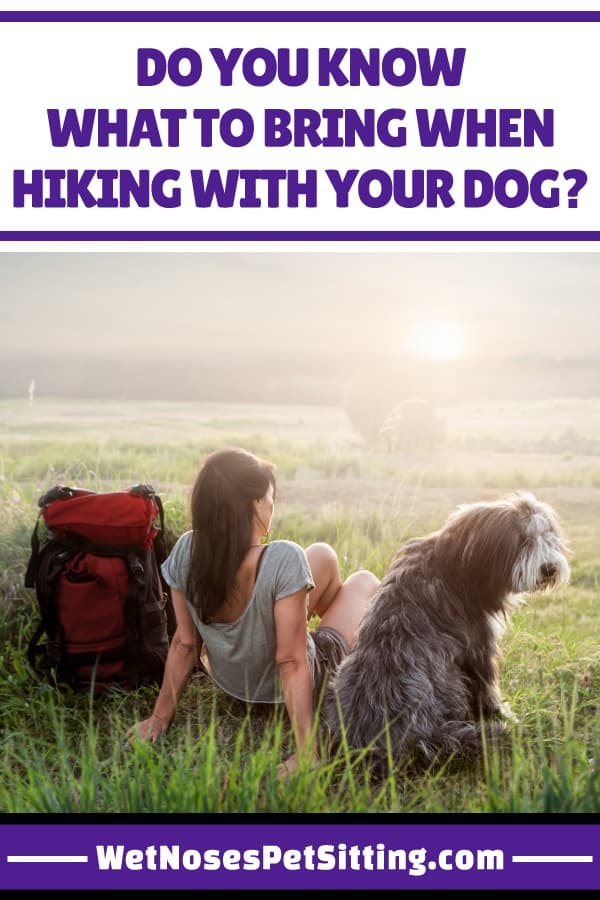







 Cats have tongues that are full of tiny hook-like growths, that’s why they feel rough when they like you. This tiny hooks are not much unlike soft fingernails because they are both made of keratin. When grooming, these hooks catch loose and dead fur which is then swallowed. Most of it passes through the digestive system without a problem.
Cats have tongues that are full of tiny hook-like growths, that’s why they feel rough when they like you. This tiny hooks are not much unlike soft fingernails because they are both made of keratin. When grooming, these hooks catch loose and dead fur which is then swallowed. Most of it passes through the digestive system without a problem.